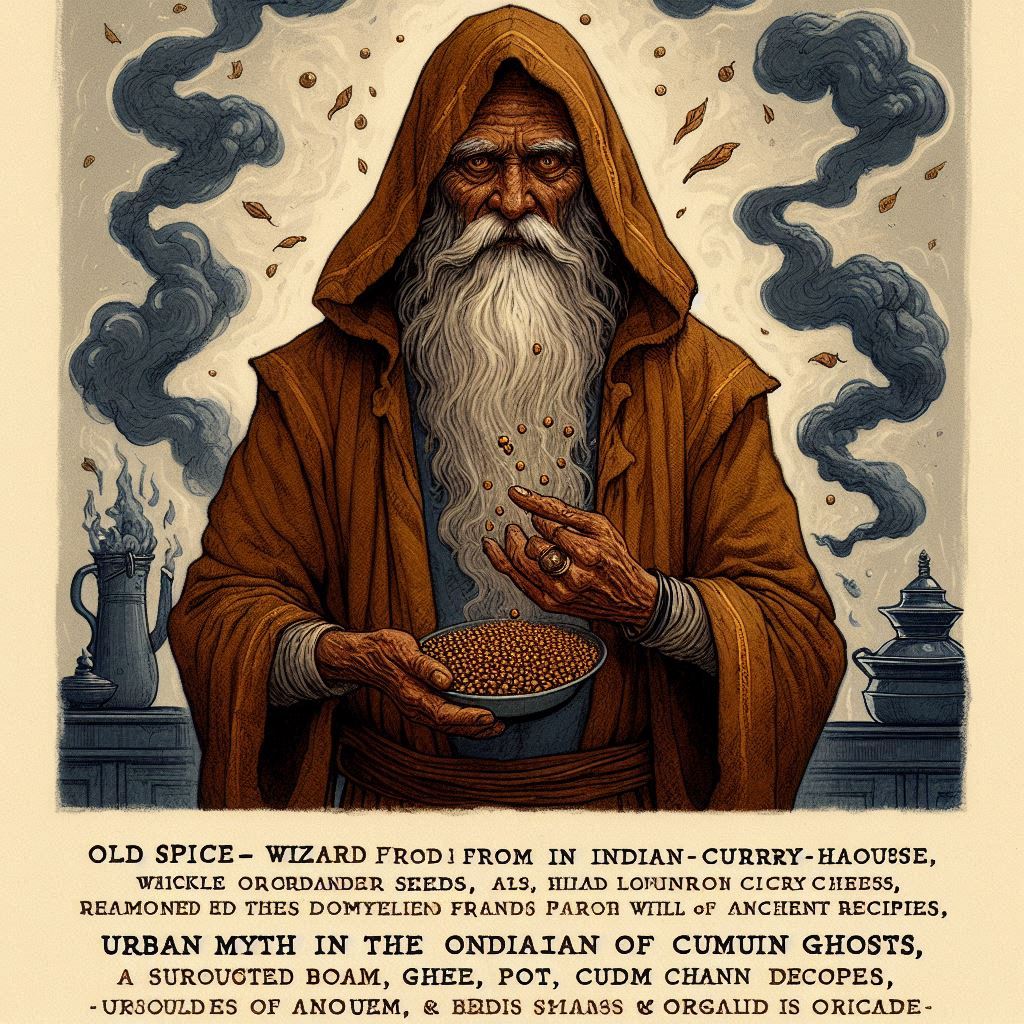Coriander: Kitchen Cure for Sunstroke & Heat Illness

"When the body overheats, crush the seed that cools the liver."
☀️ When the Heat Enters the Blood
There was a time before air-con, before electrolyte sachets, before ER drips and ibuprofen. There was coriander seed.
Across Persia, India, the Levant, and even parts of southern Europe, the old remedy was known:
“When the body overheats, crush the seed that cools the liver.”
We now call it heatstroke. But to the old herbalists, it was liver fire, internal wind, the sun entering the blood.
💧 The Decoction That Stayed
Both ADHD and autism are now understood to sit on what r
Remedy:
• 1 tsp whole coriander seed (lightly crushed)
• 200 ml water
• Simmer for 10 minutes
• Optional: add a small pinch of salt + honey or jaggery
Sip warm or room temperatureUsed after sun exposure, long fevers, or when the pulse feels fast and shallow.
⚖️ Why It Worked (Then and Now)
Traditional Logic:
Ayurveda: Reduces pitta, clears liver heat, eases burning skin and digestive fire.
Unani Tibb: Cools the temperament, calms bile, disperses internal heat.
Folk Europe: Seen as a fever tonic and sun-calmer.
Biomedical Logic:
Volatile oils (linalool, geranyl acetate): relax blood vessels, reduce feverish agitation.
Natural antioxidants reduce oxidative stress triggered by heat.
Mild diaphoretic: promotes gentle sweating and thermoregulation.
Magnesium, potassium, trace sodium: aid electrolyte balance.
Honey/salt combo: becomes a DIY oral rehydration solution.
🚩 Use With Care:
This isn’t a cure for severe sunstroke — but it can be a prevention or first-response remedy:
Headache after too much sun
Mild fever rising toward nightfall
Nausea or loss of appetite from hot weather
Irritability and dry mouth post-exposure
Always seek medical help if core temperature is dangerously high or symptoms persist.
🧳 Ancestral Applications
Still used in Iranian kitchens after summer fieldwork.
Given to postpartum women in parts of South India after labor during heat waves.
Included in fennel-coriander-cumin blends to restore fluid balance in Pakistani and Sri Lankan medicine.
“They didn’t talk about oxidative stress or cytokine storms. They just knew what to crush when the fire climbed too high.”
esearchers increasingly call a neuroinflammatory spectrum. They are not fixed categories but adaptive responses to internal chaos:
- Microbial collapse: Both conditions show dramatic reductions in key gut microbes, especially the “Love Trio” — Akkermansia, Faecalibacterium, and Roseburia.
- Mast cell overactivation: Heightened allergic-type immune responses and histamine intolerance are common in both.
- Purinergic signaling disruptions: Suramin and other P2X/P2Y inhibitors have shown benefit in both ADHD and autism models.
- Mitochondrial dysfunction: Impaired cellular energy production is increasingly documented across the spectrum.
This is not a coincidence. It suggests they arise from a shared internal disturbance — a terrain collapse — but manifest in opposite ways.
The “Muddy Middle” — and Real Life
🌍 Kitchen Wisdom Lives
Coriander isn’t just a digestive herb. It’s a thermoregulatory seed disguised as seasoning.
It belongs on the shelf not just for flavor, but for first aid. For the hot-headed days. For the pulse that races when the air gets thick.
“It’s not exotic. It’s essential. You just forgot why your grandmother kept it in a jar above the stove.”
— Dr. Deepak B
